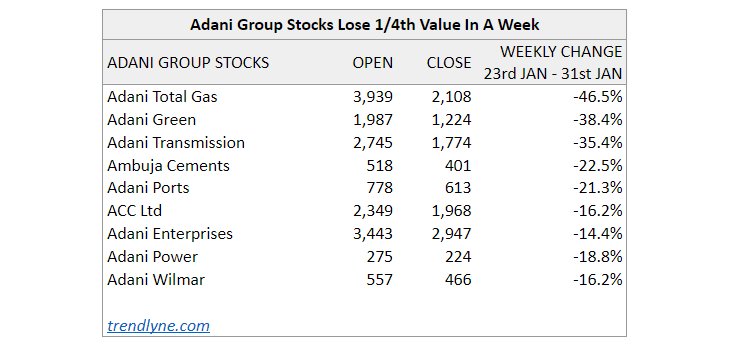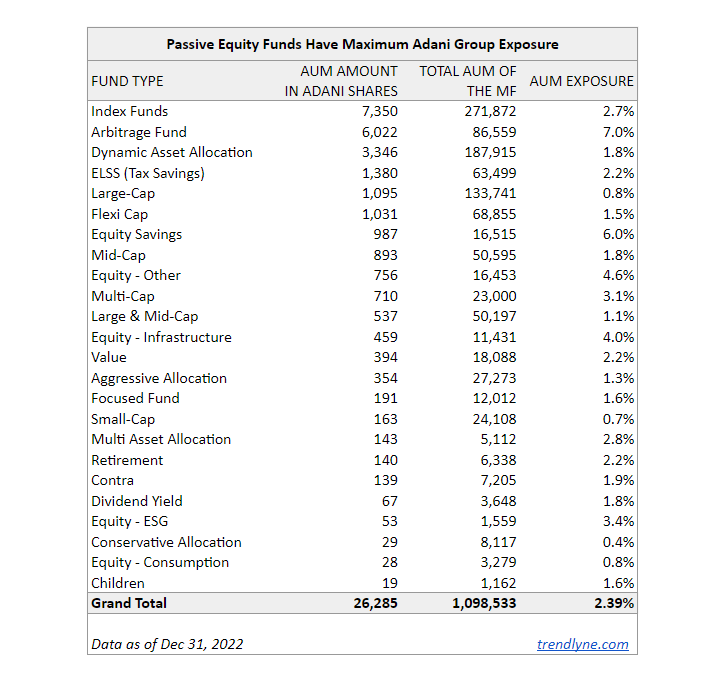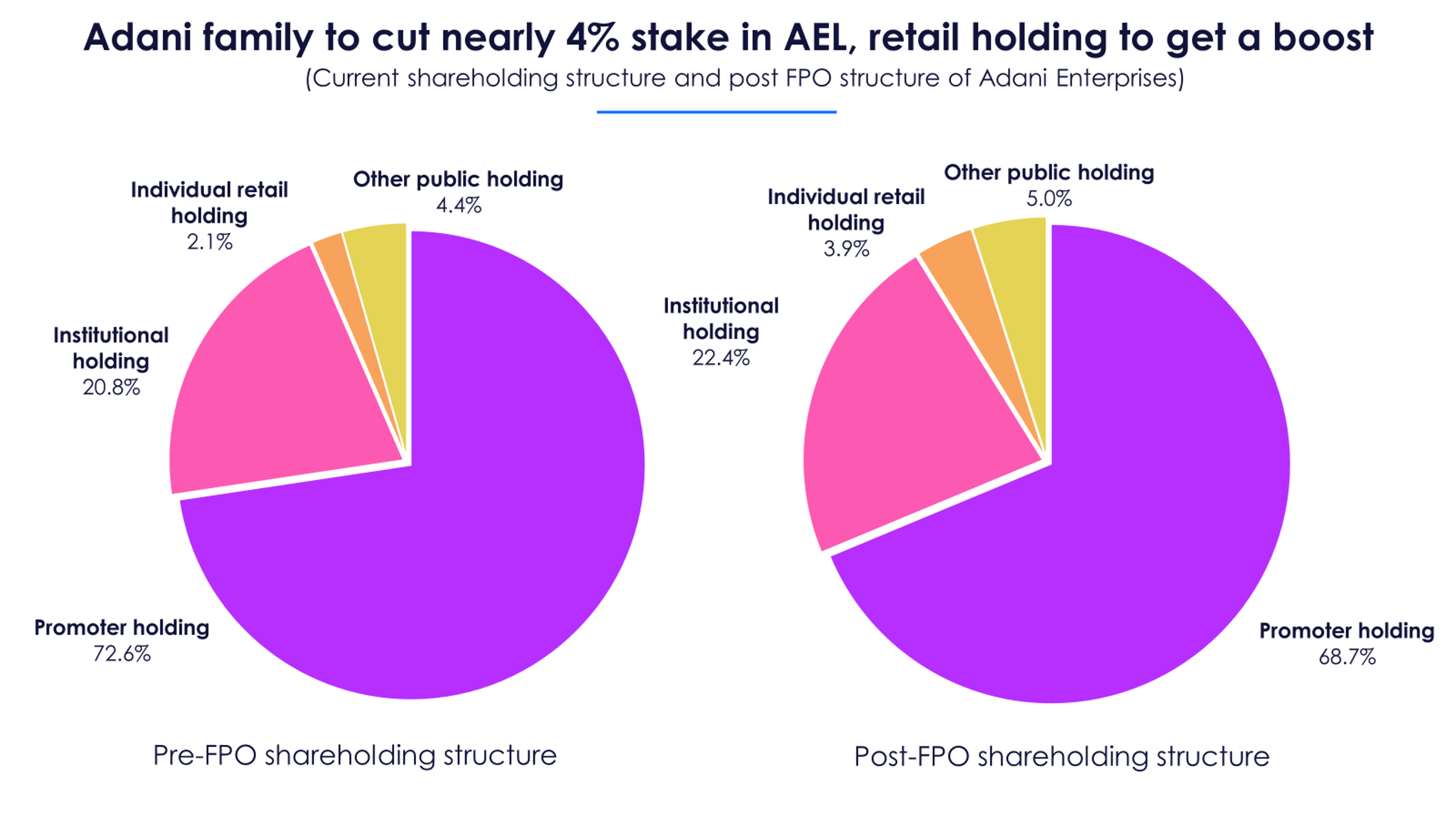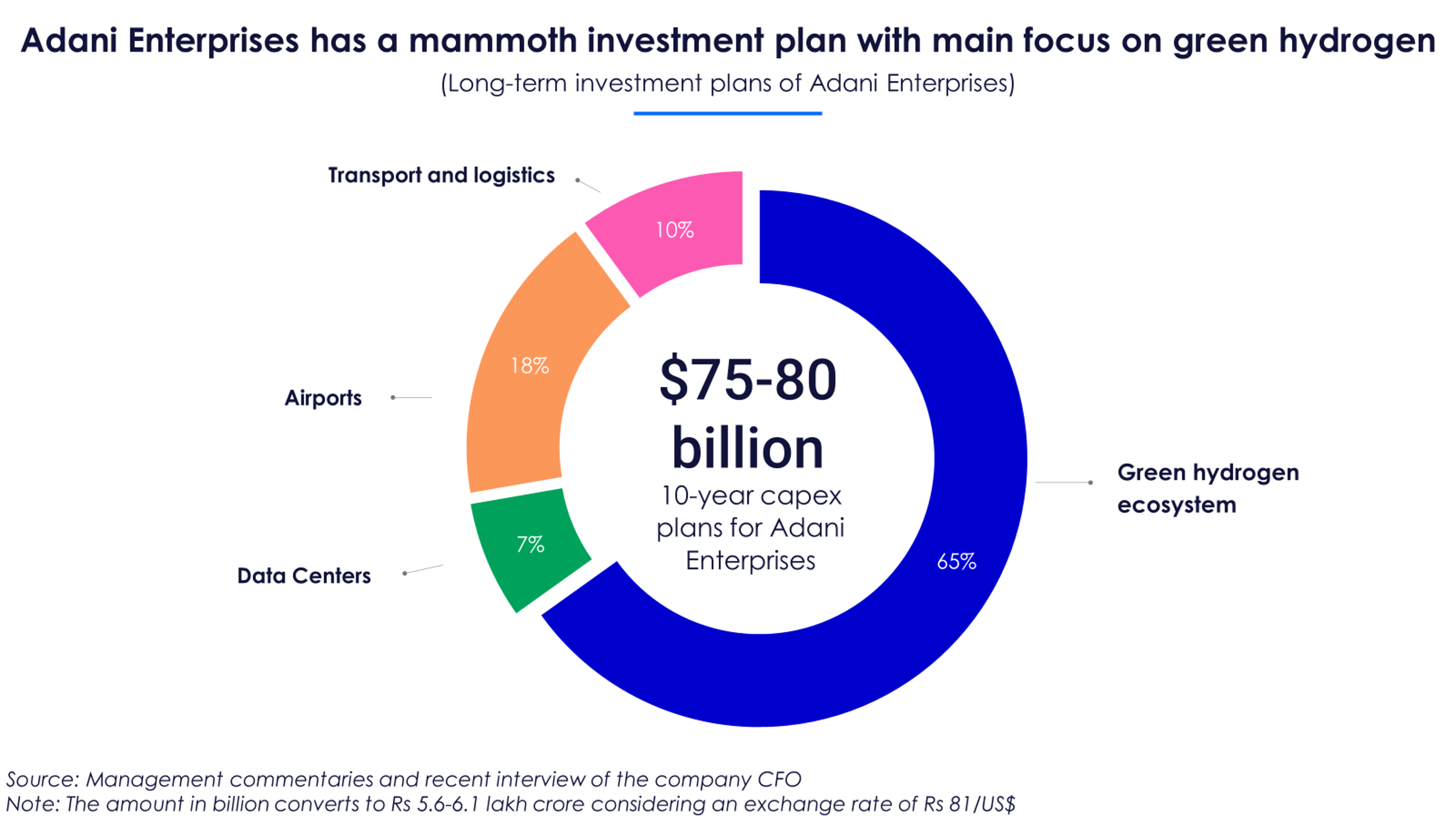
- Hindustan Aeronautics: This defence stock rose over 5% in trade on Wednesday and touched its 52-week high after bagging a contract from the Ministry of Defence. The contract worth Rs 6,800 crore is for the supply of 70 HTT-40 trainer aircraft to the Indian Air Force.
The new aircraft are meant to boost the training program for air force pilots. This aircraft has been on the list of weapons and systems that India imposed an import ban on for the past 30 months. Hindustan Aeronautics will supply these planes to the IAF over a period of six years.
HAL has risen around 15% in the past month and over 112% in the past year. As a result, the company makes it to a screener of stocks with strong momentum. Defence stocks in general, have been on the rise for the past two years due to the Centre’s focus on reducing import of defence equipment and promoting domestic manufacture. The defence industry has risen close to 78% in the past year.
Post this order win, ICICI Direct initiated coverage on the stock with a ‘Buy’ rating and a target price of Rs 3,240, implying an upside of 14%. The brokerage says that HAL has a healthy order book of Rs 84,000 crore on the back of large-scale orders in the manufacturing segment and engines. It expects HAL to achieve revenue and EBITDA CAGR of 10.3% and 14.8% respectively over FY22-25E. While the company has a huge order book, timely order execution will be key going forward.
- JSW Energy: This electric utilities stock has had a difficult six months as it fell 23.3% over the period. But it showed a resurgence in the past month and rose 20.45%. The growth came after the company’s Joint Managing Director and Chief Executive Officer (CEO) Prashant Jain spoke about a rise in demand in February and revealed its plans to expand energy generation capacity. This helped the company show up in a screener of stocks which gained more than 20% in the past month.
The stock has been on a rally since Jain said that the company expects energy demand to improve in the summer owing to the El Nino effect, and an impending heat-wave in India from March to May. It rose 12.7% on February 28 and 11.2% over the past week.
According to Prashant Jain, the company witnessed a 7.5%-8% increase in power demand in February, owing to growth in economic activities like industrial production and manufacturing. He also mentioned the company’s plans to expand its total energy generation capacity to 10 GW by 2025 and 20 GW by 2030, while also planning to generate 80% of the energy capacity through renewable sources by 2030.
- G R Infraprojects: After declining more than 17% from February 14 till March 6 and touching its 52-week low on February 28, this roads & highways construction company shows signs of regaining lost ground. The stock has risen 6.5% since March 6, trading at high volumes on Thursday. This upward price momentum came after the firm announced that it received a completion certificate for the construction of an eight-lane expressway for Rs 1,047 crore in Madhya Pradesh. The company also bagged a contract worth Rs 1,248.4 crore for the construction of a six-lane highway in Bihar. It shows up in a screener for stocks in the PE and P/BV buy zone.
The company’s order book as of Q3FY23 stands at Rs 14,073 crore, of which 87% is hybrid annuity mode (HAM) projects and 6% is engineering, procurement & construction projects. The company is also trying to expand into the transmission and railway segments, which currently account for 2% and 4% of the order book respectively.
The management maintains its order inflow guidance at Rs 15,000 crore for FY23 on the back of a strong order pipeline in the roads segment and opportunities in the railways, transmission and ropeways sectors.
- Mahanagar Gas (MGL): This city distribution gas stock rose 8.7% in trade on Monday after it announced plans to acquire a 100% stake in Unison Enviro for Rs 531 crore. Ashoka Buildcon and North Haven are the existing shareholders of Unison Enviro and will transfer their shares to MGL once the Petroleum and Natural Gas Regulatory Board waves a green flag. The stock has risen 10% in the past week, touching a new 52-week high on Thursday. Over the past year, the stock went up 31%.
The acquisition will expand MGL’s distribution network in Ratnagiri, Latur and Osmanabad areas of Maharashtra. It will also help expand its presence in Chitradurga and Davanagere in Karnataka. Reports suggest that volumes may increase to 1 mmscmd (million metric standard cubic meters per day) from current volume of 0.1 mmscmd, by FY28, with an investment of Rs 700-800 crore in Unison Enviro. Another benefit for MGL is Raigad’s (a coastal district in Maharashtra) proximity to Ratnagiri, where it has distribution rights. This would give the company an opportunity to expand beyond the Mumbai Metropolitan area.
MGL has posted robust Q3FY23 results with net profit growth of 3X YoY to Rs 172.1 crore. It beat Trendlyne’s Forecaster estimates by 4.4%. With this acquisition, ICICI Securities reiterates its ‘Buy’ rating on the stock but with a revised target price of Rs 1,125, which is 7% over the previous target price of Rs 1,050. It expects EBITDA to grow to Rs 2,100 crore by FY28E.
According to the brokerage, the acquisition looks meaningful in the medium- and long- term. However, its inability to pass on high gas costs and delayed execution of expansion plans are risks to watch out for.
- Bharat Forge Ltd: Thisindustrial products firm has opened an e-bike manufacturing facility with a production capacity of 60,000 units per annum. The facility will handle the assembling of e-bikes for Tork Motors. The promoter group firm, Kalyani Powertrain, owns a 64.3% stake in Tork Motors. Tork Motors is FAME-II approved and has orders for electric commercial vehicle components. The stock remainedflat post the inauguration of the new facility.
Kalyani Strategic Systems Ltd (KSSL), a wholly owned subsidiary of Bharat Forge, won an order worth Rs 600 crore in Q3. The order book for defence exports stands at Rs 2,000 crore. Bharat Forge is also expecting orders for Advanced Towed Artillery Guns (ATAG) in the coming quarters. This gives execution visibility of 2-3 years for KSSL. The industrial segment of Bharat Forge has also won orders for Rs 265 crore, taking the total order book size to Rs 1,500 crore
The company sees increased demand in aerospace component manufacturing. Currently, aerospace contributes less than 10% of revenue. Bharat Forge is the only firm with prerequisite capabilities to build aerospace components in India.
Bharat Forge has completed the acquisition of JS Autocast for Rs 490 crore, adding roughly Rs 450 crore to its revenue. It has also completed the Sanghvi Systems takeover. The two new acquisitions will grow at a CAGR of 35% for the next two years. The stock shows up in a screener with improving cash flows and good durability.
Trendlyne's analysts identify stocks that are seeing interesting price movements, analyst calls, or new developments. These are not buy recommendations.













































